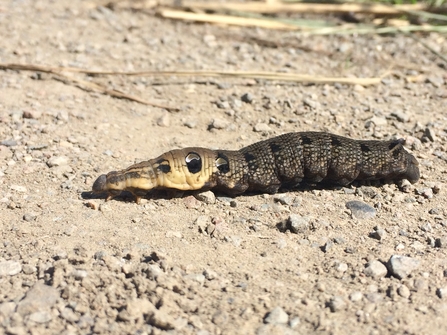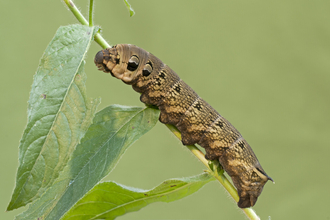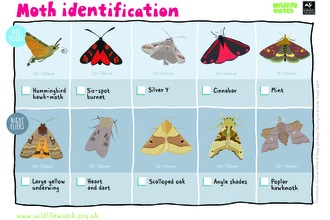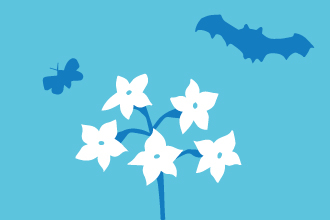Pretty in pink
Hawk-moths are arguably our most impressive moths. They’re big and often boldly patterned. You can find them drawn to lights, or sometimes stumble across them resting on posts, trees, or walls. But even amongst the hawk-moths, there’s one that’s a real fan favourite. It’s flamboyantly dressed in pink and olive-green, has a 3cm-long forewing, and is named after one of the world’s most massive mammals!
The elephant hawk-moth is found across the UK, in a range of habitats including woodlands, parks and gardens. The eye-catching adults are on the wing from May until August. They’re easily attracted to lights, or can sometimes be spotted from dusk, feeding on open flowers like honeysuckle.









